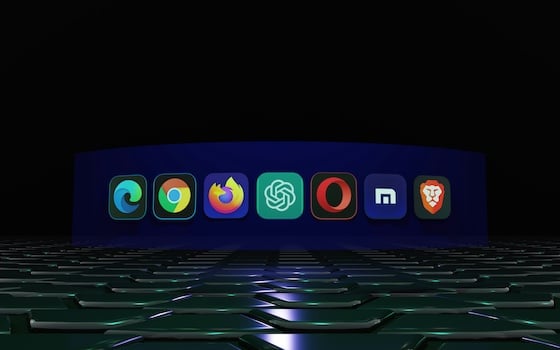When buy now pay later really began gaining steam a few years ago, the storytelling was all about BNPL being the antithesis of revolving credit.
Afterpay founder Nick Molnar, for example, would often refer to BNPL as a reflection of the “debit economy.” This means a way of handling money that is unique to younger Millennial and GenZ consumers. These younger shoppers, fearful of falling into the same financial traps as their parents did, prefer to pay as they go.
Over time of course, this narative has come under attack. Critics like ProfG call BNPL, in essence, debt gussied up as respionsible spending. And regulators around the world, alarmed by rising default rates, are swinging their regulatory turrets in BNPL’s direction.
Gotta Go Omnichannel
So it strikes us as interesting that Sweden’s Klarna, one of the giants of the BNPL universe, has taken things full circle and launched a credit card. The company recently announced the “Klarna Card” in the UK.
The card launch appears to be a cornerstone of the company’s omnichannel strategy. Unlike many other BNPL’s to operate both online and in-store, Klarna has to this point been 100% eCommerce focused. Now, with a physical card in tow, consumers, in the UK at least, can make in store purchases.
We all know that eCommerce saw explosive growth during the pandemic. And that growth was a major boon for BNPL. But most purchases are still made in physical stores. So any BNPL that lacks a viable omnichanel strategy will be at risk in such a competitive space. We assume this is Karna’s reasoning.
It’s also worth pointing out that Klarna isn’t the first BNPL to offer a credit card. Afterpay, yes, the one founded by Mr. Debit Economy, launched its own card last year. Afterpay’s move was also designed to ease in-store purchases.
Transparent and Sustainable
But given this is BNPL, the supposed anti-credit card payments model, the Klarna card has to come with a twist. It can’t just offer another revolving credit card. So even its credit card is the anti-credit card.
The company describes the new card this way in a company blog post.
The card launches with Klarna’s Pay in 30, which allows consumers to pay anytime up to 30 days after purchase, with plans to add additional payment options in the future. Klarna’s Pay Later products are a fairer and more sustainable alternative to traditional credit, providing payment flexibility with clear payment schedules, no interest and, in the case of Klarna, no late fees.
“Consumers are rejecting credit products which charge double-digit interest rates while allowing repayments to be put off indefinitely,” said Klarna’s UK head Alex Marsh. “For online purchases where credit makes sense, buy now pay later has become the sustainable alternative with no interest and clear payment schedules.”
We’ll be interested to see if a few things flow from this development. As more BNPLs roll out cards ill regulators and analysts start to think BNPL has lost the script. After all the optics of a business that supposedly hates credit cards getting into the credit card business are challenging.




